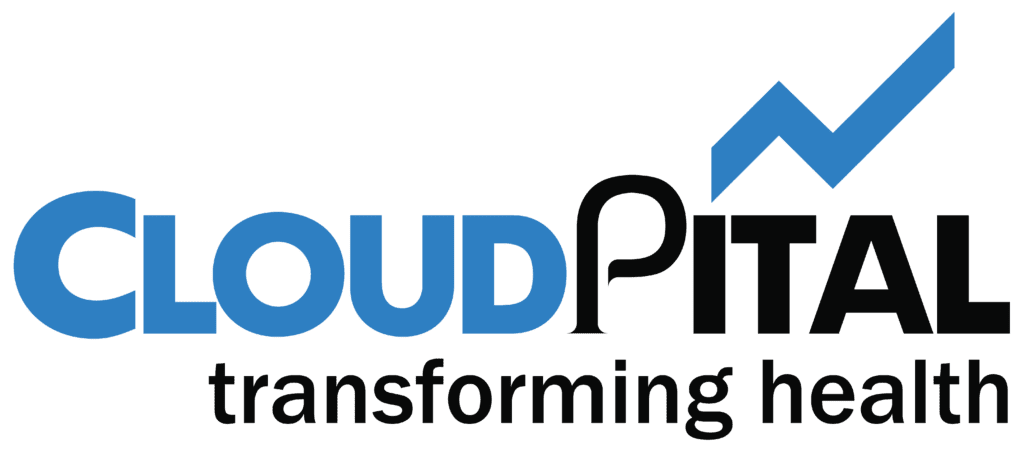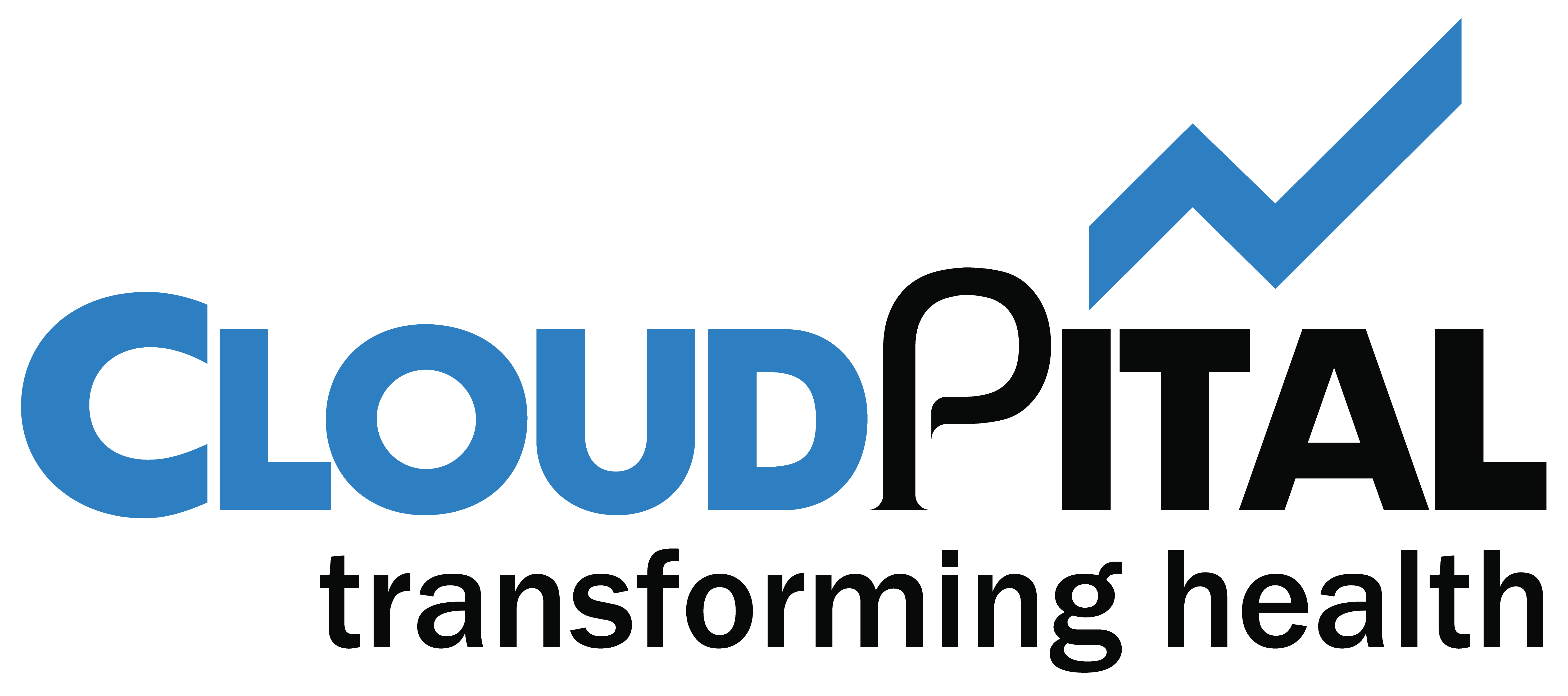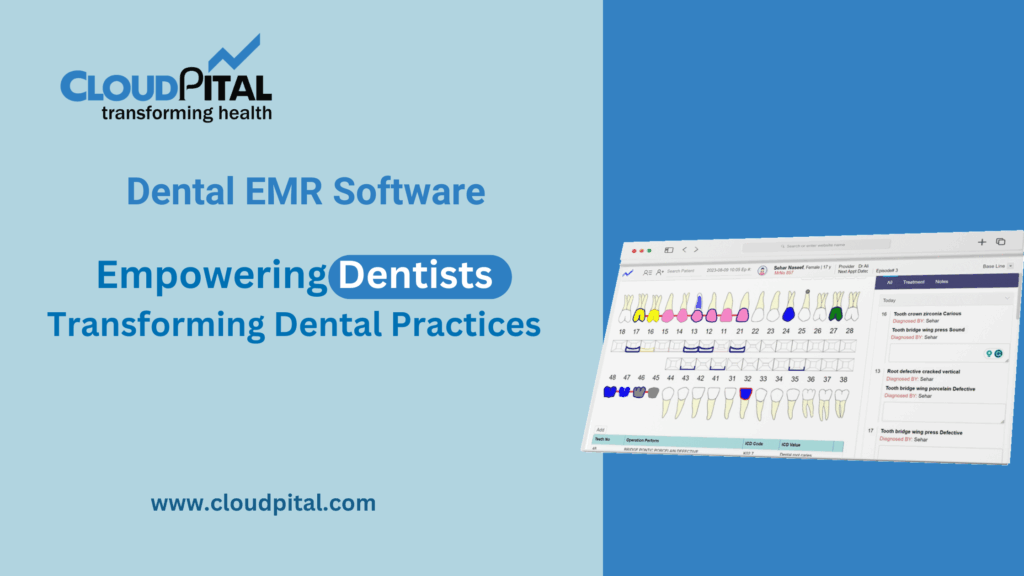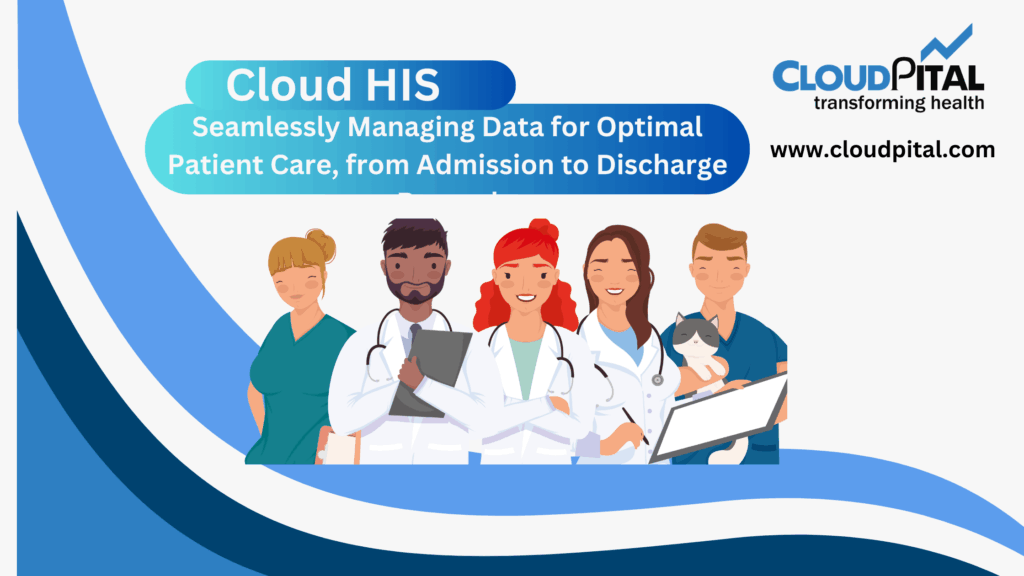Cloudpital # 1 one of the top PMS industry rely significantly on good systems for patient record management. A Practice Management System is the backbone of any healthcare organization in today’s virtual world, automatizing routine tasks daily and making record management much easier for a patient’s record. It will change how patients manage their records within a healthcare provider’s business.
Click to Start Whatsapp Chatbot with Sales
Mobile: +966547315697
Email: sales@bilytica.com
Cloudpital # 1 PMS

Centralized Data Storage for Easy Access
The most fundamental thing about a PMS is central data storage, where data about any patient is stored in one digital repository. Instead of managing paper files or even data systems which are not related, data is consolidated by an integrated system, thereby providing healthcare providers with easier, rapid access to critical information. This improves coordination and saves time in paperwork.
With a PMS, there is access by registered healthcare professionals to patient records from anywhere in the system, thus promoting collaboration and information-sharing within a practice. This ensures easy communication besides reducing the risks of data loss that easily occurs with paper-based records.
Data security and compliance have been improved
With a PMS, patient data security is very important and well protected, containing strong safeguards for sensitive information. For access to specific data, a well-structured PMS executes security features such as encryption, access controls, and role-based permissions. This multi-layered approach towards security reduces the likelihood of unauthorized access and patient record confidentiality.
Moreover, most of the PMS solutions are designed in compliance with local and international health care regulations, such as HIPAA in the U.S., and GDPR in Europe, and other data protection laws. Protection of patients’ personal information is important but avoiding legal liabilities makes compliance essential. As a matter of fact, the system provides intrinsic auditing and logging for data access and modification, which helps in compliance audits and provides accountability within the organization.
Simplified entry of data and error reduction
One of the major effects of human error in the patient record is incorrect medication detail or an incorrect health history about a patient. A PMS can overcome such errors through streamlined data entry and validation. For example, while information related to a patient is being entered by staff members, a PMS will alert them to check back on the entries being made, and errors will be much less likely to occur.
Another benefit of a PMS is that it standardizes data fields. This means that all data will be entered into the same framework, ensuring organized data, which is useful for consistency in the patient’s record if more than one service provider has been involved in the care of the patient. With reduced error and standardized information, quality care improves, and so does the patient’s outcome.
Automating Administrative Roles
Practice Management Systems automatically undertake several different administrative tasks, including scheduling appointments, making of bills, and reminders, which incidentally helps in managing patient records by decreasing the administrative work burden on health care professionals. Automated appointment schedules and billing can be associated with the patient’s records in order to have a holistic view of all interaction history, medical background, and financial data with regard to each patient.
For example, when a patient books an appointment, the PMS updates the patients’ record with relevant information, including date, time, and reasons for the visit. This forms an automation process that avoids redundant data entry thus bringing on to the table accurate data. Healthcare providers get more time for patient care as opposed to administrative work.

Real-time Updates for Better Accuracy
One of the most common advantages of working with a Medical Solutions in Saudi Arabia is real-time record updates. For example, if new patient information-about test results, treatment plans, or changes in medication-is entered by health care providers, the PMS reflects updates into the record in real time. This capability ensures that all providers involved with the care of a particular patient have current information on which to base an accurate diagnosis and treatment.
In the case where various healthcare providers are involved in any course of treatment of the patient, real-time updates take prominence. With the integration of real time, all involved people, including doctors, nurses, and lab technicians, will see the data in real time, allowing coordinated decisions based on information.
Integration of Patient Communication Tools
Good communication with patients is an essential part of healthcare, and a PMS often allows it to make things easier for the better interaction with patients. The features that a PMS allows through automated reminders, secure messaging, and appointment notifications will greatly help give better experience to patients throughout the process of treatment.
This access to records, view lab results, and communicate directly with the providers through the patient portals not only increases the rate of patient engagement but also enables them to take full participation in health care. Easy accessibility to the records leads to patient empowerment due to being well-informed about one’s health, thus improved outcomes and fewer no-shows.
Reporting and Analytics for Informed Decision-Making
Reporting and analytics tools are also provided in a PMS. This enables health care providers to analyze the data of patients and take decisions based on their findings. Custom reports would provide insights into the demographics of the patients, common health issues, and other key metrics to healthcare practices. It is therefore possible to inform preventive care strategies, optimize resource allocation, and support long-term planning.
For instance, a health practice can make reports to know how to trend chronic illnesses within its patient population and develop specific intervention plans, hence intervention for the providers. The analytics capability helps also monitor the efficiency with which the operations are run, including patient wait times as well as no-show rates in appointments that needs correction to improve service quality.
Scalability to Accommodate Growth
PMS will provide scale to healthcare practices in their growth, allowing the system to grow with the practice. In multi-location practices or healthcare networks, scalability becomes a must-have, simply because the ability to manage a larger volume of patient records, that do not compromise on performance, is critical.
In addition, because the patient base is growing, the PMS can accommodate more records, more users, and additional modules in support of new services. A PMS ensures that the healthcare provider will be able to offer quality care even as the practice grows through infrastructure flexibility and adaptability.
Mobile On-the-Go Access
Access to the patient records through a mobile device is priceless in today’s fast-paced health environment. Most PMS solutions provide mobile applications or web interfaces that are responsive, enabling healthcare providers to access the information needed from their smartphones or tablets. This mobility makes them quick to respond as they view the history of the patient, update their notes, and understand the care being provided to the patients by the practitioners even while they are away from their base workstation.
For instance, a doctor on call can refer to the history of a patient and the current treatment in case he or she is outside the clinic or hospital for continuity of care. Being mobile accessible is thus one crucial feature for modern health care practices that promote flexibility while supporting a proactive approach in patient care.
Data Backup and Disaster Recovery
A good PMS should have data backup and disaster recovery features to ensure patient records are safe in case of an event such as a hurricane, hardware failure, or cyberattack. Automated backups and cloud-based storage are sometimes included in various RCM products, so nothing should need to be bought separately.
Disaster recovery capabilities enable patient data to be recovered as quickly as possible with minimal impact on health care services. This capability becomes particularly significant for the trust of patients and in the continuation of their care since lost data may have a serious impact on patient health and safety.
Conclusion
A PMS plays an integral part in the management of patient records, supporting every feature of healthcare service delivery- from data accuracy and security to patient engagement and operational efficiency-by centralizing records, reducing administrative errors, automating tasks, and providing real-time updates, therefore, enabling health care providers to focus on the thing that matters most-that is, delivering quality care. The impact of a PMS goes beyond only administrative efficiency because it assists with securing a relationship between compliance and actual regulatory requirements as well as better patient safety and closer relationships between patients and providers. As healthcare practices continue to adopt digital forms of solutions, a PMS emerges as a priceless and modern means of managing record levels while leading to superior quality care.
You can explore our other blogs
How does PMS support patient record management? similar software solutions prices were updated on 2025-12-03T19:54:46+00:00 in Saudi Arabia in Mecca, Medina, Riyadh, Khamis Mushait, Yanbu, Jeddah, Dammam, Unaizah, Uqair, Ha’il, Ta if, Al Bahah, Dhahran, King Abdullah Economic City, Najran, Diriyah, Qatif, Khafji, Jubail, Abqaiq, List of Cities and Towns in Saudi Arabia, Ras Tanura, Turubah, Jazan Economic City, Knowledge Economic City, Medina, Khobar, Abha, Tabuk, Saudi Arabia, similar software solutions prices were updated on 2025-12-03T19:54:46+00:00 We also provide in Saudi Arabia services solutions company in Hafar Al-Batin, Udhailiyah, Al-Awamiyah, Hofuf, Hautat Sudair, Buraidah, Tayma, Duba, ‘uyayna, Saihat, Al-Kharj, Al-ula, Jizan, Rumailah, Ar Rass, Arar, Shaybah, Al Majma’ah, Rabigh, Dhurma, Haradh, List of Saudi Cities by Gdp Per Capita, Badr, Sudair Industrial City, Baljurashi, Shaqraa, Al-Khutt, Habala, Ad Dawadimi, Dawadmi, Layla, similar software solutions prices were updated on 2025-12-03T19:54:46+00:00 Price is SAR 100 and this was updated on updated on 2025-12-03T19:54:46+00:00 similar How does PMS support patient record management? software solutions prices were updated on 2025-12-03T19:54:46+00:00 in Saudi Arabia in Haql, Afif, Al-Abwa, Farasan, Al-Jaroudiya, Thadig, Al-Thuqbah, Al Wajh, Almardmah, Al-Zilfi, Muzahmiyya, Prince Abdul Aziz Bin Mousaed Economic City, Tharmada’a, Skaka, Um Al-Sahek, Sharurah, Tanomah, Bisha, Dahaban, Al Qunfudhah, Qurayyat, Saudi Arabia, Ha’ir, as Sulayyil, Al Lith, Turaif, Al-Gway’iyyah, Samtah, Wadi Ad-Dawasir, Az Zaimah, Safwa City, Jalajil, Harmah, Mastoorah, Hotat Bani Tamim, Jabal Umm Al Ru’us, Rafha, Qaisumah, Al-Ghat, Hajrah, Al-Hareeq. Excerpt: Jeddah (also spelled Jiddah, Jidda, or Jedda; Arabic: Jidda) is a Saudi Arabian city located on the coast of the Red Sea and is the major urban center of western Saudi Arabia similar software solutions prices were updated on 2025-12-03T19:54:46+00:00 Price is SAR 100 and this was updated on updated on 2025-12-03T19:54:46+00:00
11-11-2024bo




